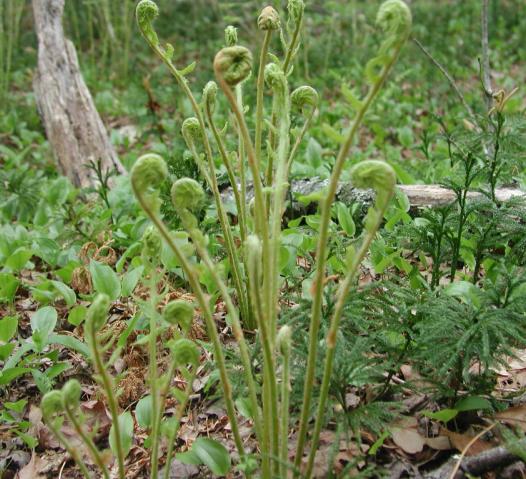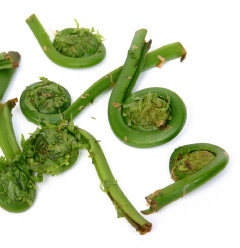1-800-567-8911 or
604-682-5050
(Telephone interpreting in over 150 languages available)


Fiddleheads are the curled, edible shoots of the ostrich fern (Matteuccia struthiopteris). Considered a seasonal delicacy, they are collected in the wild, sold in stores and outdoor markets, and served in restaurants.
Is it toxic?
Eating raw or improperly cooked fiddleheads can cause symptoms of foodborne illness. The cause is likely an unidentified natural toxin in fiddleheads. Symptoms usually begin 30 minutes to 12 hours after ingestion and may include nausea, vomiting, diarrhea, abdominal cramps, and headaches. This can result in dehydration, especially among the elderly, infants and those with underlying medical conditions.
What to do?
If vomiting and diarrhea occurs ensure a good fluid intake to prevent dehydration.
If symptoms persist contact the Poison Control Centre.
How can I prevent exposure?
Fiddleheads should never be eaten raw. Proper handling and thorough cooking of fiddleheads can reduce the risk of foodborne illness. Wash fresh fiddleheads several times in fresh cold water. Remove as much of the brown husk as possible from the fiddleheads. Cook in boiling water for 15 minutes or steam for 10 to 12 minutes until tender. Discard the water used for boiling or steaming fiddleheads as it may contain the toxin. Fiddleheads should be boiled or steamed before sautéing, frying, baking or making other foods (e.g. soups, casseroles).
Need more information?
Call the Poison Control Centre
Healthy Canadians - Food Safety and Fiddleheads
Healthy Canadians - Fiddlehead Safety Tips
© 2011 BC Drug and Poison Information Centre